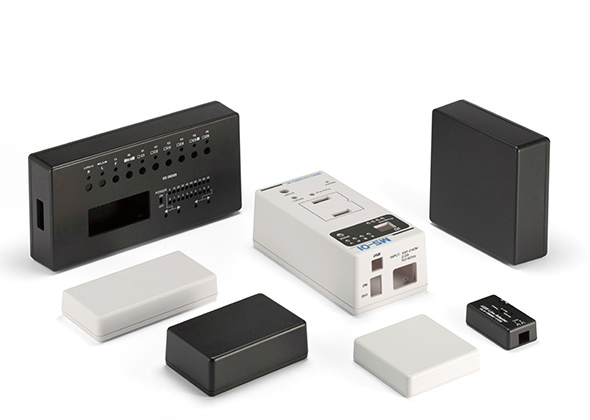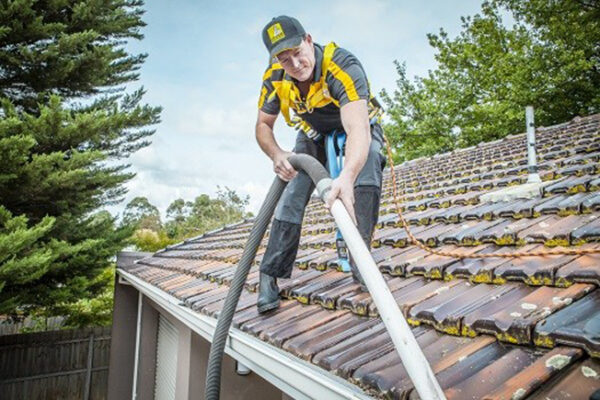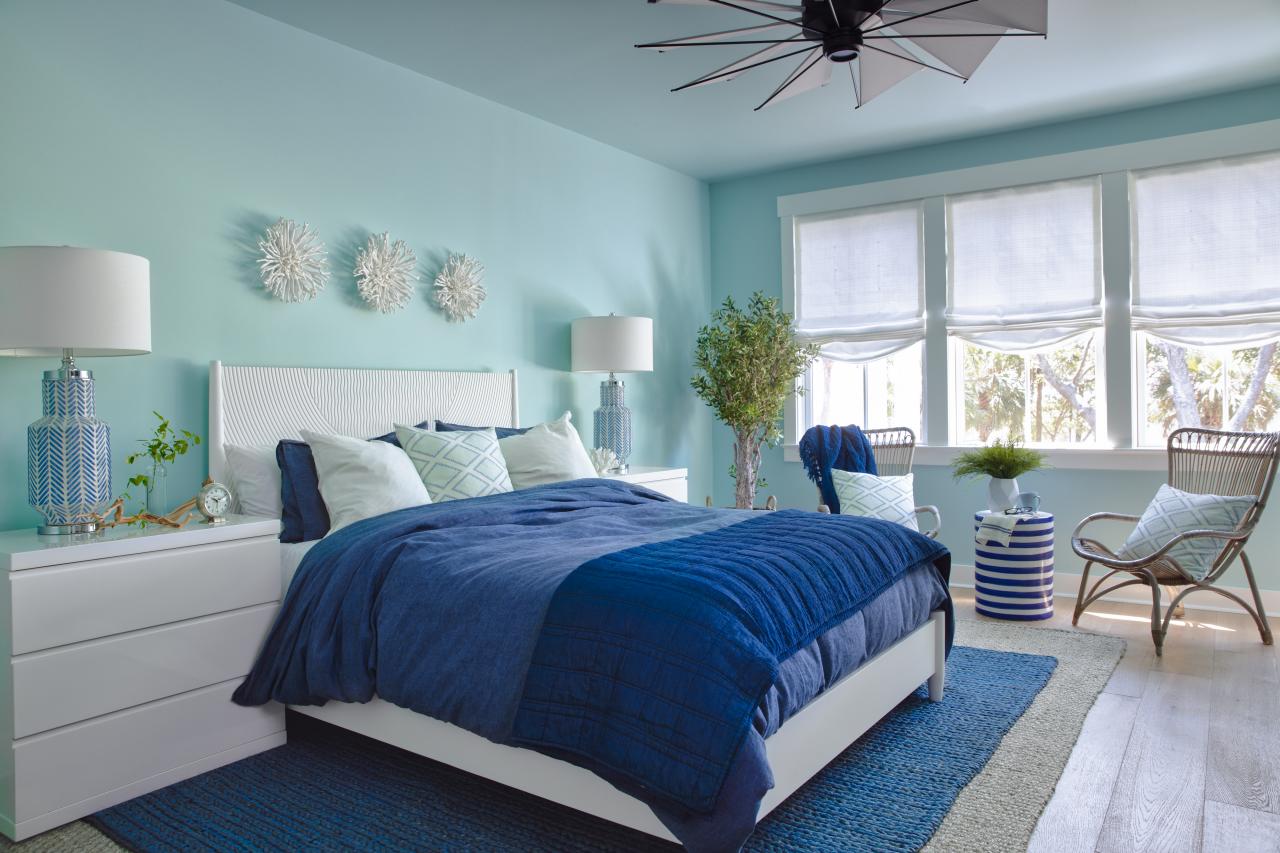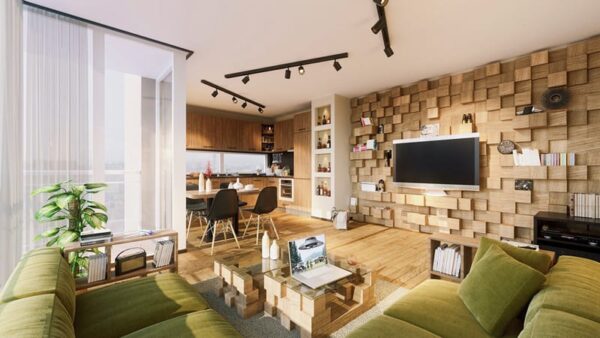If one is considering enclosures for his/her residential apartment, an electronic enclosure plays a significant role. Electronic enclosures place the module safely and also protect it from getting damaged and causing circuit failures. It is recommended by experts that every homeowner must choose an apt electronic enclosure as it handles operational challenges and also lessens the downtime risks. Several factors must be taken into account when considering electronic enclosures for home projects.
What is an electronic enclosure?
An electronic enclosure is a box or a cabinet that shields electronic equipment, and electrical components against electrical shocks and circuit failures. Enclosures are usually made from well-built, durable plastics, or materials like stainless steel, aluminum, glass, copper, and so on. Enclosures are used both indoors and outdoors, thereby preventing open wires and electronic parts from reacting to the surrounding.
Environment quotient
Before choosing an electronic enclosure, it is vital to evaluate the weather conditions the enclosure will be exposed to. Having a clear idea about the location of the electronic enclosure helps in choosing the right material. Whether the enclosure will be mounted on the walls indoors or placed outdoors exposed to chemicals, harsh heat conditions, or other extreme conditions, the homeowner gets an understanding of buying the right specifications and material enclosure.
IP ratings and engineering applications
When selecting electronic enclosures, the applications, and scope play a key role. Depending on the engineering applications, and electronic specifications, the electronic enclosure design changes. Moreover, the IP (Ingress Protection) ratings also plays important role in choosing the right enclosure and addressing the needs of electronic protection at home. Selecting the right enclosure based on the IP ratings and engineering applications, one can be assured of protection against live electrical wires, damage control against mechanical faults, and other problems.
Design and performance industry standards
Several international standard committees and governing bodies, along with policymakers and regulators have established and developed industry standards for electronic, electrical, and other associated technologies. When one is planning to consider investing in a residential electronic enclosure, he/she must take the specifications from such policymaking bodies seriously. It is expected to choose an enclosure that abides and conforms to the international industry standards.
Thermal conditions
Electrical parts and elements are sensitive and must be taken seriously to avoid accidents and operational failures. Thus, it is important to take note of the thermal requirements and configurations of the electronic circuits while selecting electronic cabinets. This is one of the important factors that is directly linked with the choice of materials chosen for electronic enclosures. Electronic circuit enclosures that have low heat dispersion, plastic can be an excellent material for catering to the thermal requirements. This is mainly because plastic acts as a good insulator. But electronic circuits that have high voltage and current requirements, metallic enclosures are better options.
Equipment sizea
It is a basic, but one of the vital aspects of consideration while selecting the right electronic enclosure. Modern-day electrical circuits prefer small size enclosures. However, while choosing the final electronic cabinet, it is suggested to take into account the depth of the circuit. This makes the installation process easy, convenient, and practical as well. It is also important to note that the electronic enclosure must be big and spacious enough to let the optimal distribution of power, along with offering proper cable management solutions in the electric circuit.
Electromagnetic synchronization
With each passing day, electrical circuits are becoming modern and advanced with high-tech technology incorporation and operating faster than ever. This leaves with the challenge of electromagnetic interference, and this is a major concern among electronic enclosure manufacturers. Therefore, it is strongly suggested that homeowners considering enclosures for their residential properties must invest in one that renders electromagnetic interference protection. This is more prevalent for those who are planning for installing enclosures outdoors.
TCO/Total Cost of Ownership
To make the right selection of an electronic cabinet, one must understand its value and importance. The purchasing costs, along with maintenance and operating expenses must be considered. This helps in estimating the downtime expenditures that might take place under different circumstances. Henceforth, it will impact the total cost of ownership, which is an important factor of consideration while choosing the right enclosures.
Future modification scopes
It is one of the most highlighting factors to consider when one is planning for an electronic enclosure at his/her home. The electrical and electronic field is ever-changing and investing in an enclosure that gives the potential opportunity to make modifications and changes is a smart move. Changes in an electronic cabinet might occur due to multiple reasons like including a weather-control roof, adding space for extra cables, and including an advanced machine interface. Investing in enclosures is expensive, thereby considering the future modification scope can be budget-friendly in the long run.
Material types
The advancement in science and technology has enhanced the accessibility of a plethora of material types complying with the needs and requirements of electronic enclosures for varying applications. Electrical, environmental, and thermal requirements along with other factors regulate the material choices in electronic enclosures.
Out of all the available materials, acrylic seems to be a widely used and popular choice among homeowners. It is cost-friendly flexible, lightweight, and of a better resistance quality than glass. Henceforth, acrylic is a favorite electronic enclosure material around the world.
Polycarbonate is yet another material that has been gaining immense popularity in the past few years. Though it is more expensive than acrylic, its chip-resistant feature and thermal stability are raising its popularity. Stainless steel, copper, aluminum, metal, glass, etc., are some of the other common and widely used materials in electronic enclosures.
Furthermore, 3D-printed enclosures like ABS and PLA have also acquired popularity. The 3D-printed cabinets are easy to design, and even change the design via a 3D printer before making the final enclosure.
Conclusion
In the past few years, the needs and requirements of electronic circuits have drastically changed. They have become more powerful than ever, giving rise to the need for electronic enclosures even at homes.





